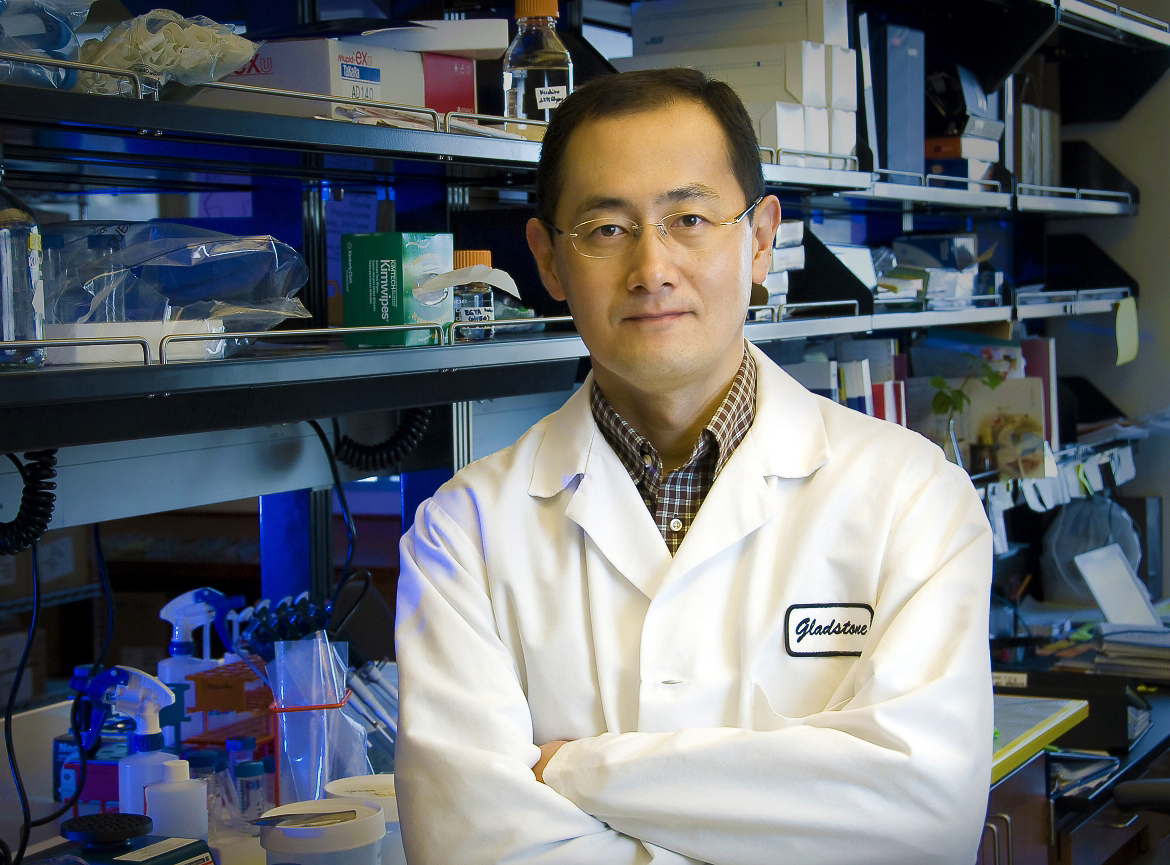Maybe you have heard the statistic that 97 % of our DNA is "junk" because it doesn't code for any proteins!
Well it's true that no proteins come from that code. But it's doing something.
It's making short bits of RNA that control gene expression.
So how important is that, and what is that really??
Consider your eye - it has a gland that makes tears.
Your stomach has glands that make Hydrochloric Acid.
Gene Expression is the thing that keeps the tear gland from making that acid along with the tears. Which would be BAD.
Gene expression is critically important, it gives every cell its character, despite the fact that every cell has the whole code.
There are around 2000 different bits of RNA that do this job, that we have counted so far. Change the miRNA in a tissue, and you can change the whole thing.
https://www.sciencealert.com/humans-have-a-hidden-salamander-like-ability-to-regenerate-body-tissue
It's not just the cartillage. We're doing experiments on hearts now, with MiRNA , and regrowing contractile muscle in live pigs. Theoretically, it could apply to any type of tissue.
Here's the kicker.
The strips of miRNA are just 22 nucleotides long. We can literally make that in a well equipped home kitchen. They work primarily on stem cells, but that problem has been solved.

This badass is Dr. Yamanaka, 2nd Dan Judoka, marathon runner, MD orthopedic surgeon, PhD researcher and Nobel Prize Winner (2012).
Yes, he's literally Buckaroo Banzai without the rocket. Whoever you are, he's probably better.
Yamanaka discovered some chemical factors that can take an adult cell and revert it to a stem cell, that then can become anything we need. These are called iPS cells. Induced Pluripotent Stem cells.
I know we don't have faster than light travel, and haven't gone to Mars, and don't have flying cars, or household humanoid robot butlers.
But humanity is still doing some amazing stuff. Let's try to be hopeful.
Cheers Cmdr's
o7
Well it's true that no proteins come from that code. But it's doing something.
It's making short bits of RNA that control gene expression.
So how important is that, and what is that really??
Consider your eye - it has a gland that makes tears.
Your stomach has glands that make Hydrochloric Acid.
Gene Expression is the thing that keeps the tear gland from making that acid along with the tears. Which would be BAD.
Gene expression is critically important, it gives every cell its character, despite the fact that every cell has the whole code.
There are around 2000 different bits of RNA that do this job, that we have counted so far. Change the miRNA in a tissue, and you can change the whole thing.
miRNAs are rapidly emerging as potential candidates for the therapeutic modulation of tissue repair and regeneration.
https://www.sciencealert.com/humans-have-a-hidden-salamander-like-ability-to-regenerate-body-tissue
Unlike some creatures, humans can't regenerate their limbs – but a new study suggests we do have a hidden 'salamander-like' ability to regrow cartilage in the body,
It's not just the cartillage. We're doing experiments on hearts now, with MiRNA , and regrowing contractile muscle in live pigs. Theoretically, it could apply to any type of tissue.
Here's the kicker.
The strips of miRNA are just 22 nucleotides long. We can literally make that in a well equipped home kitchen. They work primarily on stem cells, but that problem has been solved.

This badass is Dr. Yamanaka, 2nd Dan Judoka, marathon runner, MD orthopedic surgeon, PhD researcher and Nobel Prize Winner (2012).
Yes, he's literally Buckaroo Banzai without the rocket. Whoever you are, he's probably better.
Yamanaka discovered some chemical factors that can take an adult cell and revert it to a stem cell, that then can become anything we need. These are called iPS cells. Induced Pluripotent Stem cells.
In 2013, iPS cells were used to generate a human vascularized and functional liver in mice in Japan. Multiple stem cells were used to differentiate the component parts of the liver, which then self-organized into the complex structure. When placed into a mouse host, the liver vessels connected to the hosts vessels and performed normal liver functions, including breaking down of drugs and liver secretions.[19]
I know we don't have faster than light travel, and haven't gone to Mars, and don't have flying cars, or household humanoid robot butlers.
But humanity is still doing some amazing stuff. Let's try to be hopeful.
Cheers Cmdr's
o7
